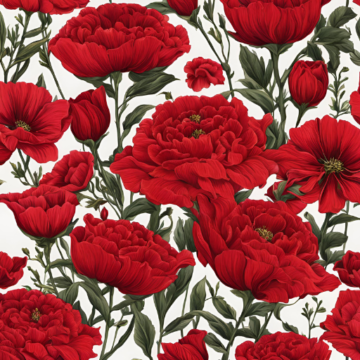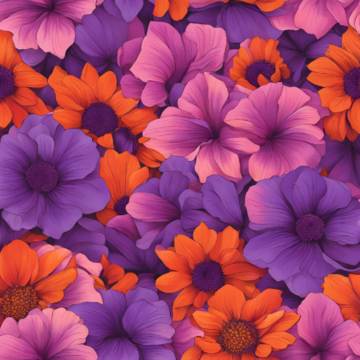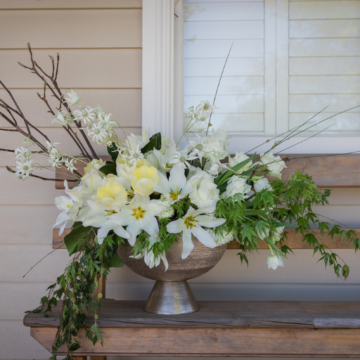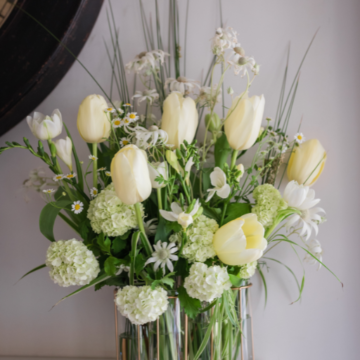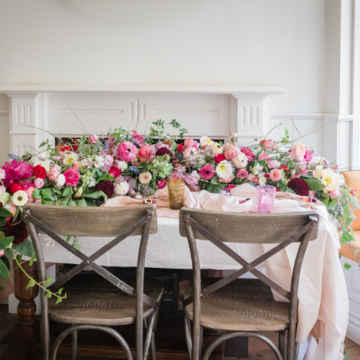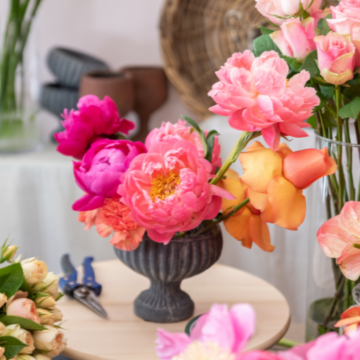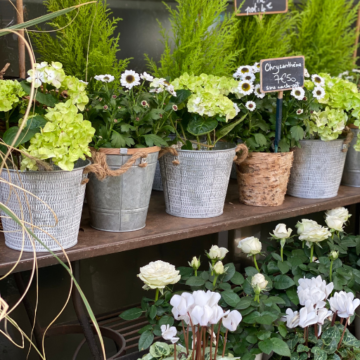Sourcing Your Flowers
At Bloom, we always do our best to source local botanical material that has been treated with love and respect by the people who have grown and cared for it. We also want to know that the people who grow our flowers are being treated with respect. We will not source products with the knowledge it has come from farms or manufacturers where people work in unfair, unsustainable or unsafe conditions.
Imported flowers are becoming increasingly common in Australia. Anyone who has travelled internationally knows how seriously Australia takes its biosecurity and quarantine laws, and flowers are not exempt from this treatment. As a natural material, flowers are subject to extensive fumigation before they reach wholesalers and florists. The chemical used to do this is methyl bromide.
Methyl bromide is known to be toxic to humans and is even illegal in some countries. Even short-term exposure can cause damage to the lungs, and long-term exposure is linked to neurological damage.
Flowers that come into Australia must also go through a devitalisation process. This means that the flowers cannot be propagated here in Australia. To do this, the flowers are bathed in glyphosate for 20 minutes to complete the process.
While the effects of using glyphosate are heavily debated, more information is emerging about the potential danger of long-term exposure to the product. Since the stems of imported flowers have been soaked in glyphosate, the residue of these may remain on the flower and in the water it’s sitting in. With flowers like roses that can easily prick the skin, this exposes florists to the chemicals directly. Long story short, when you use imported flowers, wear gloves!
The other significant issue of importing is the lengthy supply chain process. Many of our flower imports come from developing countries, where working conditions in some facilities are questionable. There is also the environmental concern of the miles the flowers travel, and the carbon emissions this causes. When we buy local, or direct from farmers, we cut out many of these, reducing our environmental impact.

Conditioning, Care & Storage Needs
What to look for
All flowers have different characteristics that demonstrate freshness. Your arrangements and cut flowers will last much longer if you use the freshest flowers and plant materials available to you, so it’s important to know what to look for.
What we do want:
Green flower stems and vivid foliage, with no yellowing or slimy leaves present.
Stiff but supple stems – this means the material is well hydrated.
When flowers or buds are present, make sure the majority of blooms are still closed. Open buds should be bright and fresh in appearance.
Buds with colour present.
Flower petals should be bright, vivid colours and veins should not be visible.
Undamaged stems and bunches
What we don’t want:
Petals that are transparent or have visible veins. Often this indicates that the flowers have been cold stored for too long, which could result in the blooms failing to open. This may also indicate the flowers are dry.
Tight buds without colour – this often means that the blooms were cut prematurely.
Damaged bunches or stems – holes or tears in leaves shorten their vase life and can attract bacteria.
As our product is from nature, we’re aware that not all materials we receive will be without imperfections. However, there may be times when stock should be returned to wholesalers. Building a strong, positive relationship with your wholesalers and growers will make this process easier, and minimise the likelihood of receiving poor-quality stock in the first place.

Caring for your material
Once you have received your fresh stock, whether you have purchased it from the market, collected it from the grower, or had it delivered to your floristry studio or shop, you must do the following to care for your stock:
Using the tax invoice that you receive, make sure you check off all listed items, ensuring you have been given the correct amounts of each. At this time, you can also check the condition of the flowers and foliage, ensuring the quality of the product is 100%.
Remove the plastic from each bunch. This allows a clear path of airflow to the blooms and stops condensation against the plastic, which may also cause the product to become mouldy or slimy with bacteria growth.
Any foliage or leaves that sit below the water line should be removed. This keeps water fresh, minimises bacteria production, and will keep the stems clean and clear.
Remove any broken or damaged flowers or leaves from within the bunches. This is for aesthetic reasons, but will also remove the potential for bruising or bacterial growth from within each bunch.
Select a bucket of the correct height for the bunches, and fill a quarter to a third of the way full with clean, fresh water. Also, make sure any buckets you use have been thoroughly cleaned and correctly stored beforehand.
Re-cut each of the stems on an angle, and place them into your bucket.
Replenish the shop with your fresh stock, or place the buckets into a cool room for storage. (The Botanical ebook by MyBlooms includes information on how to determine appropriate storage for each flower or foliage type) As a general rule, flowers are best stored between 4-8ºC. For storing tropical varieties, this is approx. 12ºC or above.
This may seem like a long process, but it is essential to provide the appropriate care for the flowers and foliage to extend their vase life significantly.
Correct initial handling will also rehydrate the flowers, ensuring that the maximum water content is stored within the stems and leaves. This means that when the flowers are removed from the water (for delivery or when used for events where they will remain out of water for extended periods of time), they will be fully hydrated and last longer.

To Learn More visit our course pages
Maintaining your flowers
As you are working with fresh materials, it is essential to understand how to maintain the product’s freshness. By putting this knowledge into practice, it will maximise the lasting qualities of each flower and foliage. The responsibility of care is then passed onto the customer once the product is in their possession, so you need to effectively convey the maintenance requirements to your customer.
The best way to preserve healthy flowers is always to maintain fresh water in a clean vase and re-cut the stems every couple of days to enable a continuous flow of water up the stems.
The positioning of flowers is also important, as draughty and breezy areas (including air-conditioners) will dehydrate flowers, significantly reducing their lifespan. It is also important to keep flowers out of direct sunlight and prevent exposure to fireplaces and heaters (including air vents and outlets). Make sure you remove spent blooms and yellowing leaves to keep the remaining flowers looking fresh and beautiful.
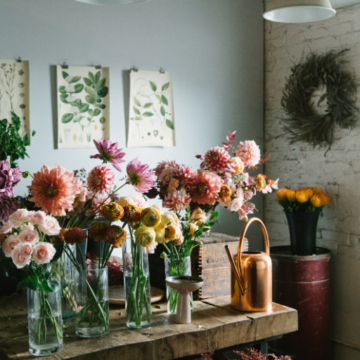
To Learn More visit our course pages

















